Basic Safety Training (BST)
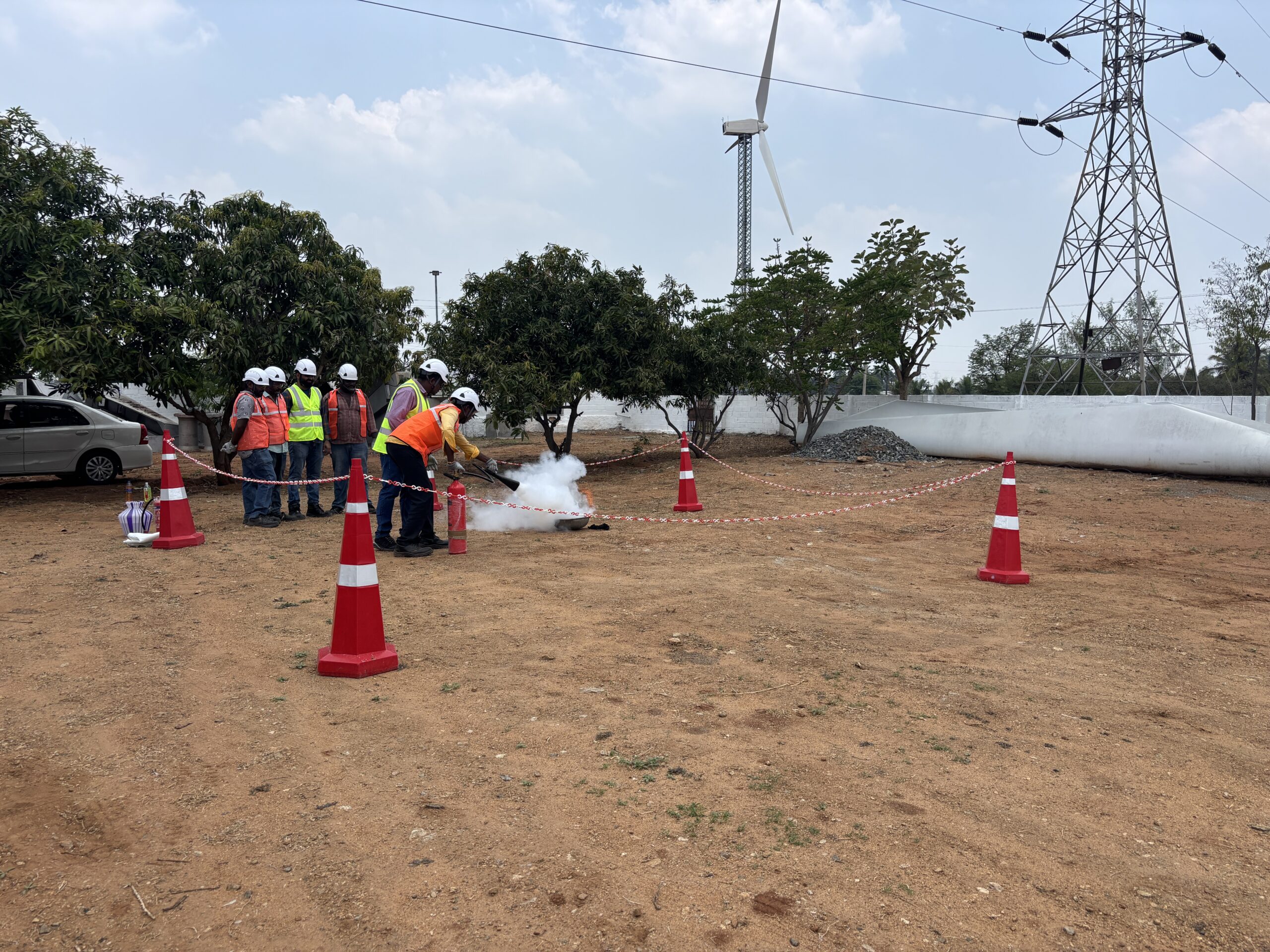
Course Overview:
Our Fire Awareness Training provides essential knowledge and skills to recognize fire hazards, respond appropriately in an emergency, and understand the basics of fire prevention. This course is designed to empower individuals with the confidence and ability to react quickly and safely in the event of a fire.
Who Should Attend:
All employees and staff members
Safety officers
Facility managers
Contractors and maintenance teams
Course Content:
Introduction to Fire Safety
Understanding Fire Behavior (The Fire Triangle)
Common Causes of Workplace Fires
Fire Prevention Best Practices
Types of Fire Extinguishers and Their Uses
How to Safely Evacuate in the Event of a Fire
The Role of Fire Wardens and Emergency Teams
Basic First Aid for Fire-Related Injuries
Assessment & Certification:
Participants will undergo a short assessment at the end of the training. Successful candidates will receive a Fire Awareness Training Certificate.
Training Method:
Classroom-based theory
Practical demonstrations
Group discussions and scenario-based exercises
Benefits of this Training:
Reduces risk of fire incidents at the workplace
Increases confidence and competence during emergencies
Supports compliance with health and safety regulations
Encourages a safety-first culture among employees
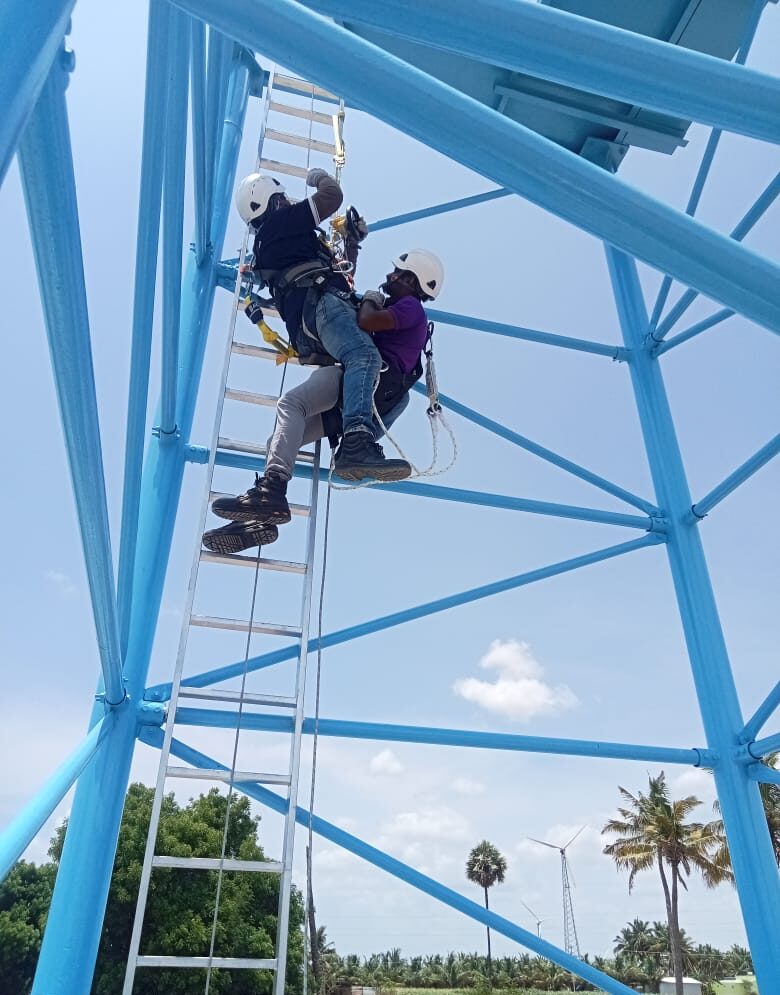
Course Overview:
This Working at Heights training course is designed to equip participants with the essential knowledge and practical skills needed to work safely at height. It covers legal responsibilities, hazard identification, risk control measures, and the correct use of fall protection equipment. The course is offered both for first-time participants (Fresher) and as a Refresher for those renewing their certification.
Who Should Attend:
New employees required to work at heights (Fresher)
Experienced workers needing to renew their competency (Refresher)
Maintenance personnel
Construction workers
Wind turbine technicians
Safety officers and supervisors
Course Content:
Understanding the risks associated with working at heights
Legal requirements and regulatory standards
Fall prevention vs fall protection
Selection, inspection, and use of harnesses and fall arrest systems
Proper use of ladders, scaffolds, and elevated work platforms
Emergency rescue planning and procedures
Practical exercises using fall protection equipment
Safe work practices and hazard control measures
Refresher: Half Day (approx. 3–4 hours)
Assessment & Certification:
Participants will be assessed through a combination of practical and theoretical evaluations. Successful candidates will be awarded a Working at Heights Certificate.
Training Method:
Classroom-based learning
Practical, hands-on exercises
Equipment demonstrations
Scenario-based assessments
Benefits of this Training:
Enhances personal safety and awareness when working at height
Meets employer and regulatory compliance requirements
Reduces the risk of workplace falls and injuries
Builds confidence in using safety gear and systems
Entry Requirements:
Physically fit for practical exercises
For refresher: proof of previous valid Working at Heights certification
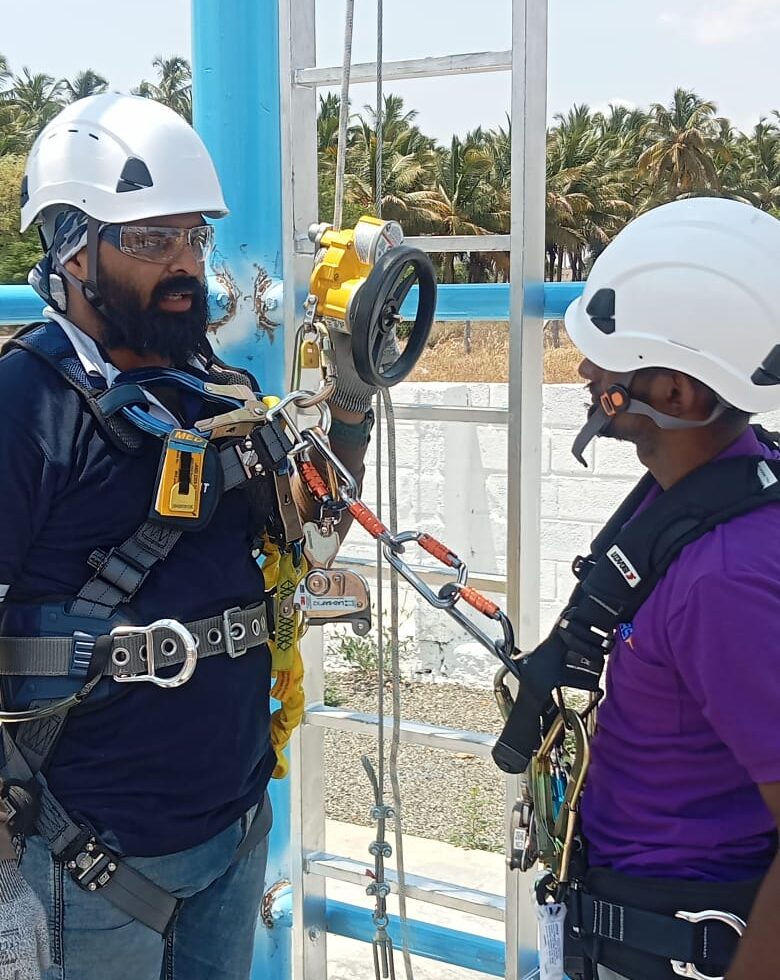
Course Overview:
This Manual Handling course teaches participants how to safely lift, move, and handle objects to prevent workplace injuries. It focuses on correct lifting techniques, ergonomic practices, and risk assessment to reduce the chance of musculoskeletal disorders and other manual handling-related injuries.
Who Should Attend:
All employees involved in manual handling tasks
Warehouse and logistics staff
Construction workers
Maintenance and facility teams
Supervisors and safety officers
Course Content:
Introduction to Manual Handling and Workplace Injuries
Understanding the Anatomy of the Spine and Injury Risks
Principles of Safe Lifting and Handling
Ergonomic Techniques for Pushing, Pulling, Lifting, and Carrying
Hazard Identification and Risk Assessment
Use of Mechanical Aids and Proper Equipment
Practical Exercises: Correct Lifting Techniques
Strategies for Minimizing Risk in Manual Handling Tasks
Assessment & Certification:
Participants will complete a short practical and/or written assessment. Successful attendees will receive a Manual Handling Training Certificate.
Training Method:
Classroom-based theory
Practical demonstrations and hands-on practice
Group discussions and real-world examples
Benefits of this Training:
Reduces risk of back and musculoskeletal injuries
Promotes safer handling techniques and awareness
Increases overall workplace efficiency and safety culture
Supports compliance with occupational health and safety regulations
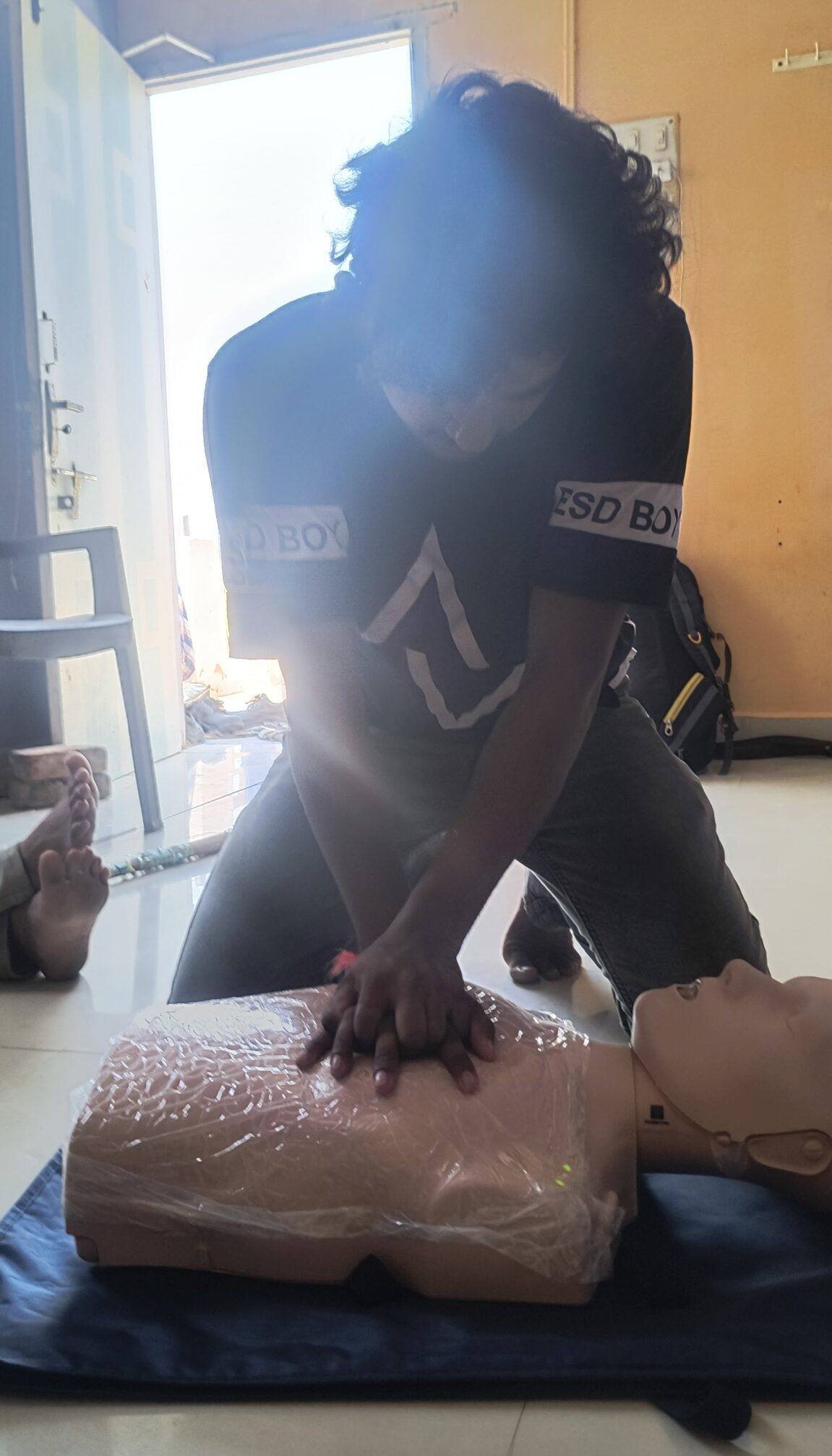
Course Overview:
This First Aid training course prepares participants to confidently respond to a wide range of injuries, medical emergencies, and life-threatening situations. It covers essential lifesaving skills, from CPR to wound management, ensuring quick and effective action when it matters most.
Who Should Attend:
All employees and staff members
Site supervisors and safety officers
Construction, industrial, and wind industry workers
Anyone wishing to learn lifesaving skills
Course Content:
Principles of First Aid and Initial Assessment
Managing Unconscious Casualties (Recovery Position)
CPR Techniques for Adults (and use of AED)
Bleeding and Wound Management
Treatment of Burns, Fractures, and Sprains
Choking Response and Airway Management
Shock, Seizures, and Medical Emergencies (e.g., heart attack, stroke)
First Aid Kits: Contents and Usage
Emergency Scene Management and Communication
Assessment & Certification:
Participants must complete a practical and written assessment. Successful candidates will be awarded a First Aid Training Certificate.
Training Method:
Instructor-led classroom training
Hands-on practical sessions with CPR manikins and first aid equipment
Scenario-based drills and group activities
Benefits of this Training:
Empowers participants to act effectively in emergencies
Enhances workplace health and safety readiness
Reduces response times and improves casualty outcomes
Meets industry health and safety requirements
Basic Technical Training (BTT)

Course Overview:
The BTT Mechanical (BTTM) course is part of the GWO Basic Technical Training program. It teaches you to perform basic mechanical tasks under supervision using proper work procedures and PPE, specifically for wind turbine systems. The module highlights key mechanical systems and components—including gearboxes, brake, yaw, cooling, and lubrication systems—and covers bolted and welded connections, as well as hydraulic tensioning tools, with a focus on safety and proper torque practices.
Learning Outcomes:
Explain the main mechanical components and operation of wind turbines.
Identify mechanical risks and hazards.
Understand bolted and welded joint principles and inspect them.
Use manual tightening and measuring tools correctly.
Use hydraulic torque and tensioning tools.
Describe gearbox functions.
Inspect braking systems.
Inspect yaw, cooling, and lubrication systems.

Course Overview:
The Electrical (BTTE) course is part of the Basic Technical Training Modules (BTT) required for working in the wind energy sector. This course provides participants with the fundamental skills and knowledge needed to safely work with and troubleshoot basic electrical systems in wind turbines.
Who Should Attend:
New and existing wind turbine technicians
Electrical maintenance workers
Individuals pursuing GWO Basic Technical Training certification
Anyone seeking a career in the renewable energy sector
Course Content:
Introduction to Electrical Concepts (Voltage, Current, Resistance)
Understanding Wind Turbine Electrical Systems and Components
Electrical Symbols, Drawings, and Circuit Diagrams
Safe Isolation Procedures (LOTO – Lockout/Tagout)
Use of Electrical Measurement Tools (Multimeters, Insulation Testers)
Cabling and Connector Types in Turbines
Earthing and Bonding Systems
Basic Fault Finding and Troubleshooting Techniques
Electrical Safety Practices (including PPE and Safe Work Methods)
Assessment & Certification:
Participants will undertake both theoretical and practical assessments. Successful candidates will receive a Electrical (BTTE) Certificate as part of the GWO BTT standard.
Training Method:
Classroom learning with visual aids and interactive discussions
Practical exercises working with real or simulated turbine electrical systems
Hands-on fault-finding tasks
Benefits of this Training:
Provides essential electrical knowledge for working safely in turbines
Prepares for real-world troubleshooting and maintenance tasks
Fulfills part of the GWO Basic Technical Training (BTT) requirement
Improves employability in the growing wind industry.
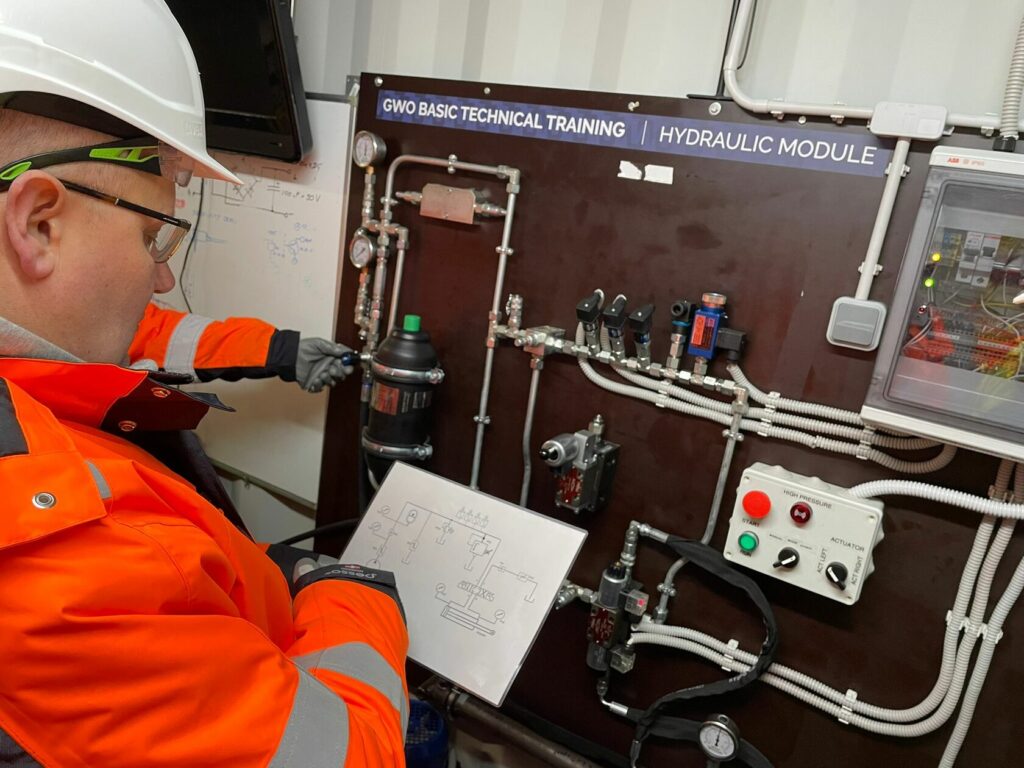
Course Overview:
The Hydraulics (BTTH) course is part of the GWO Basic Technical Training Modules (BTT) and focuses on the essential knowledge and skills required to safely understand, operate, and maintain hydraulic systems within wind turbines. Participants will learn about hydraulic components, system functions, and basic troubleshooting techniques.
Who Should Attend:
Wind turbine technicians (entry-level and experienced)
Hydraulic maintenance and service personnel
Individuals seeking GWO Basic Technical Training certification
Anyone entering the wind energy industry
Course Content:
Introduction to Hydraulic Systems and Principles (Pressure, Flow, Force)
Hydraulic Components: Pumps, Motors, Valves, Actuators, Reservoirs
Hydraulic Diagrams and Symbol Interpretation
Functions of Hydraulic Systems in Wind Turbines (Yaw, Pitch, Braking Systems)
Safe Handling of Hydraulic Fluids and System Pressure
Basic Preventive Maintenance Tasks
Identification of Common Hydraulic Failures and Troubleshooting
Hydraulic Safety and Environmental Considerations
Assessment & Certification:
Participants must complete both theoretical and practical assessments. Successful candidates will receive a Hydraulics (BTTH) Certificate as part of the GWO BTT qualification.
Training Method:
Classroom-based sessions with visual and practical demonstrations
Hands-on practical exercises using hydraulic training rigs
Group work and case studies
Benefits of this Training:
Develops core competency for working with turbine hydraulic systems
Enhances troubleshooting and preventive maintenance skills
Supports compliance with GWO Basic Technical Training requirements
Increases employability and technical confidence in the wind industry
